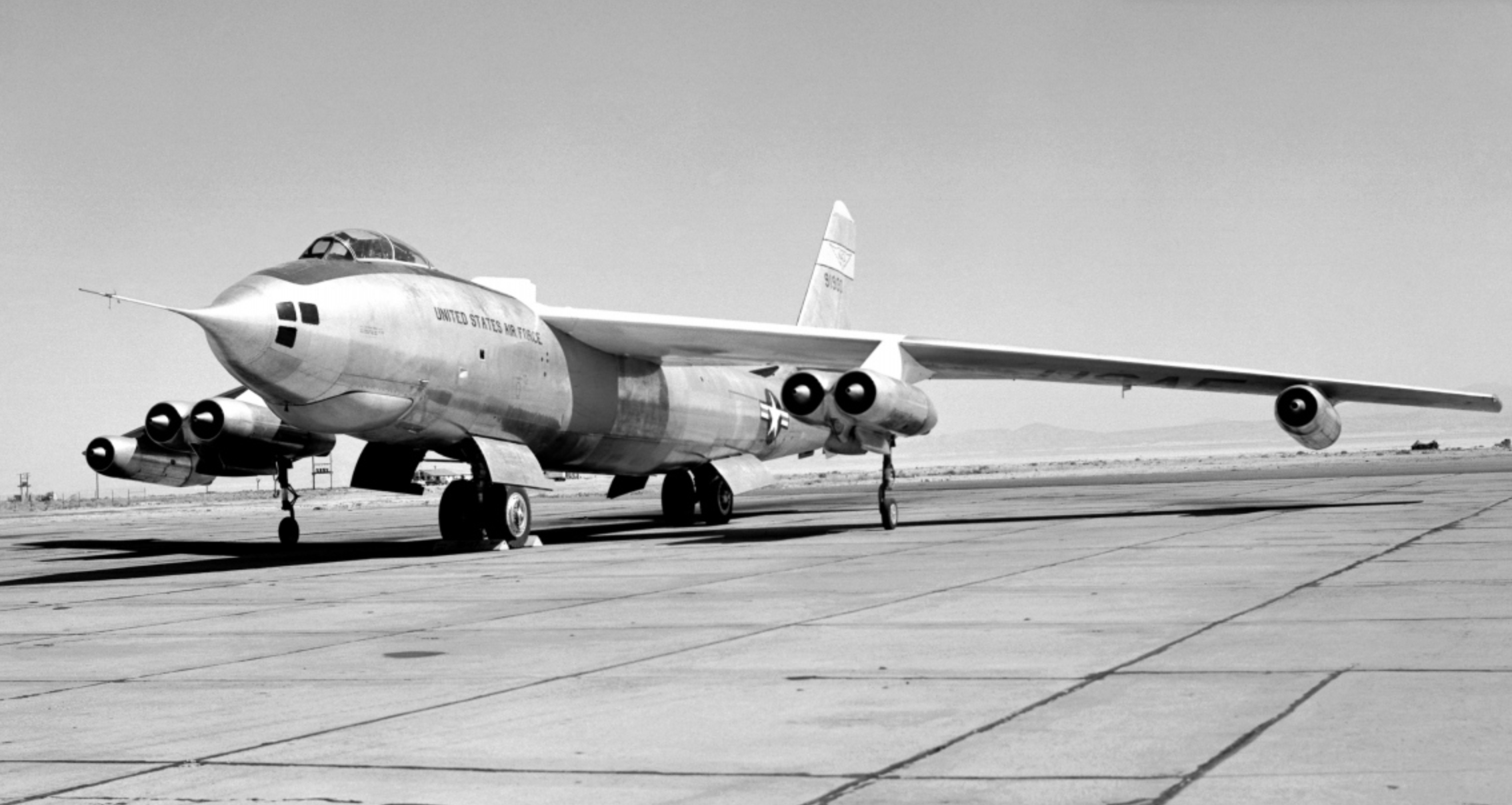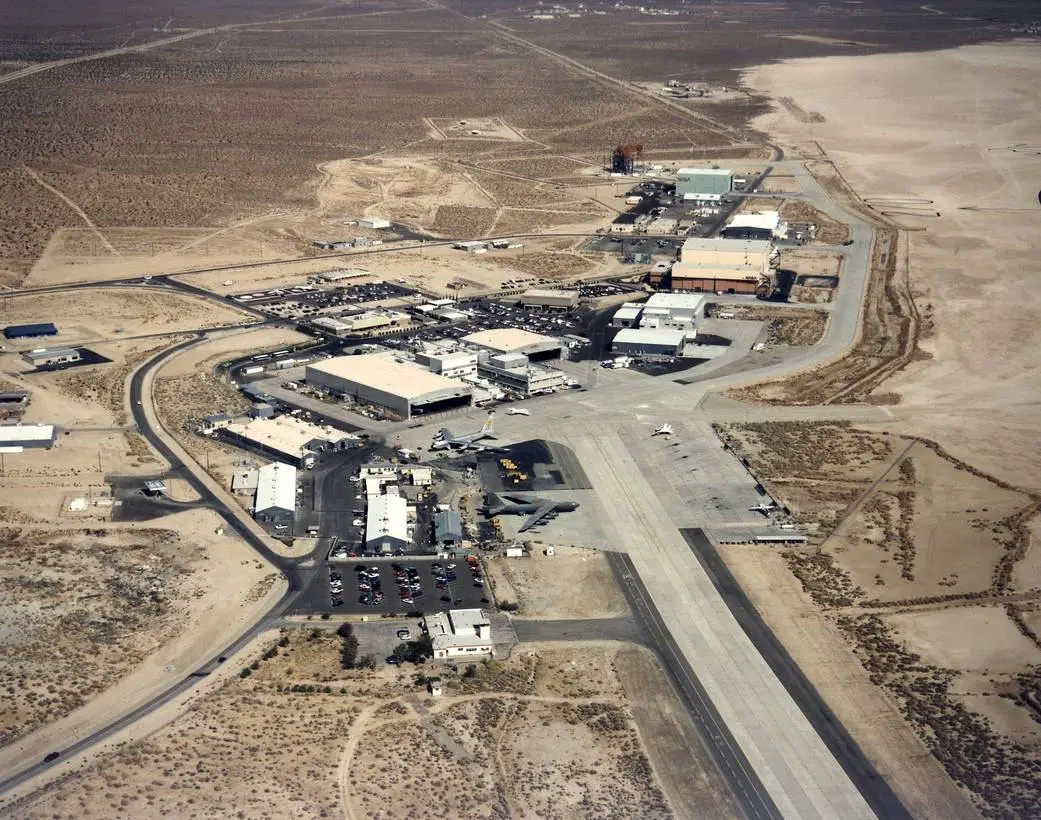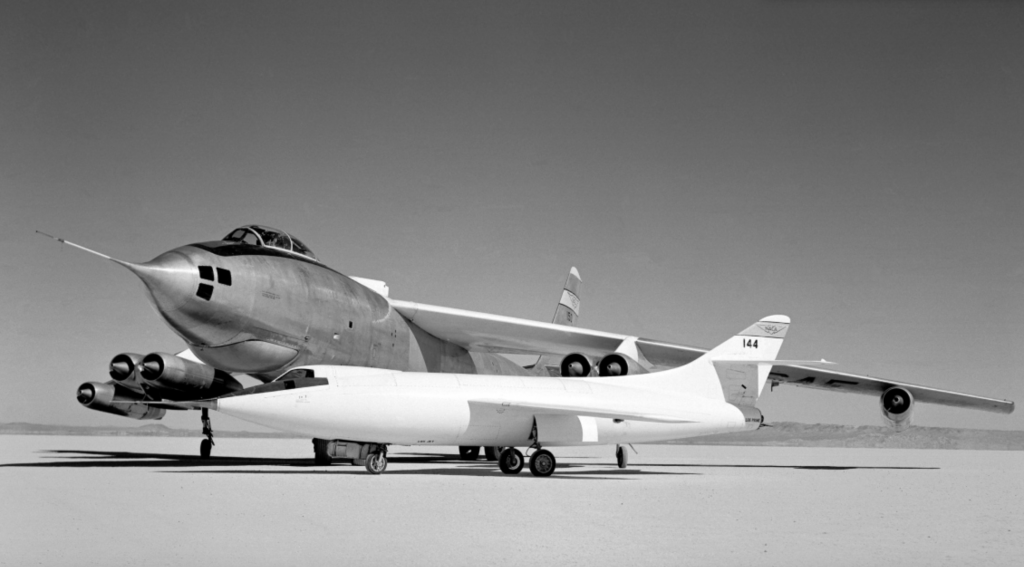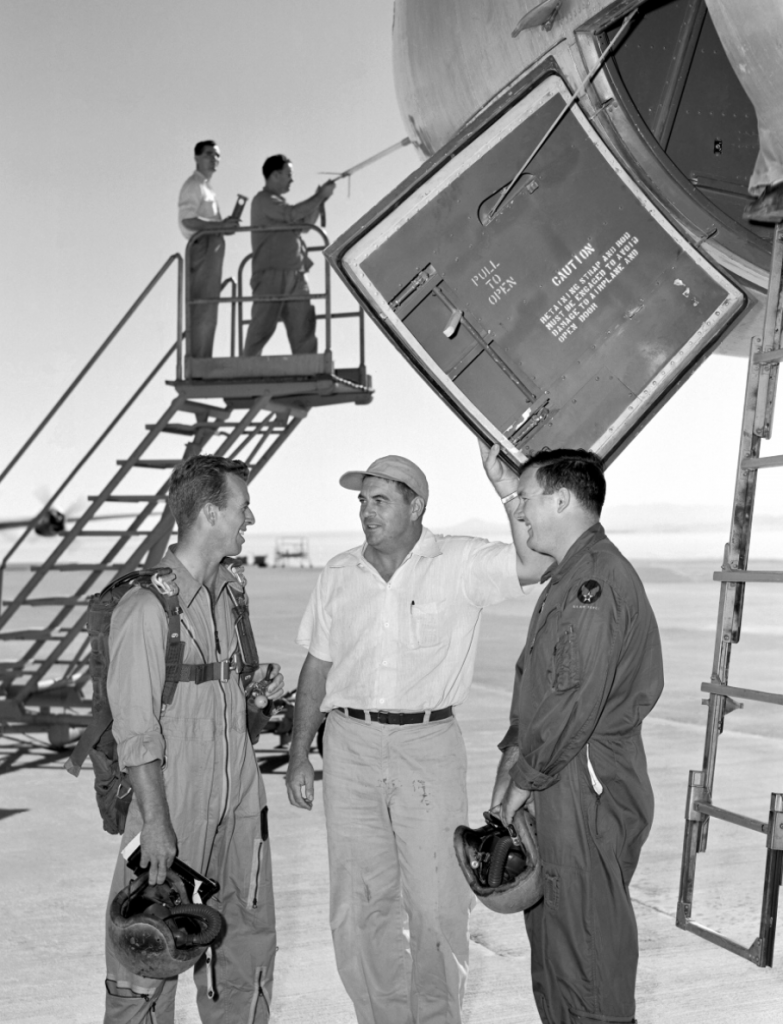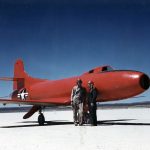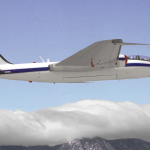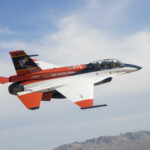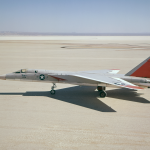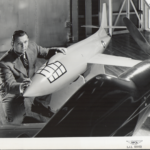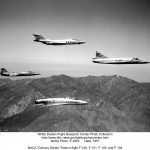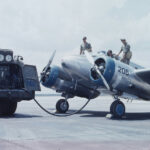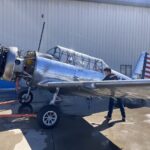The “Flight Test Files” series of articles explores the aircraft used by the Dryden Flight Research Center over the years in its pursuit of aeronautical advancements. Since the 1940s, the Dryden Flight Research Center in Edwards, CA, has built a unique and specialized capability for conducting flight research programs. This organization, composed of pilots, scientists, engineers, technicians, mechanics, and administrative professionals, has been and continues to be a leader in the field of advanced aeronautics. Located on the northwest edge of Rogers Dry Lake, the complex was originally centered around the administrative hangar building constructed in 1954. Over time, additional support and operational facilities have been added, including unique test facilities like the Thermalstructures Research Facility, Flow Visualization Facility, and Integrated Test Facility. One of the most notable structures is the space shuttle program’s Mate-Demate Device and hangar, located in Area A to the north of the main complex. The lakebed surface also features a Compass Rose, providing pilots with an instant compass heading. The Dryden complex originated at Edwards Air Force Base to support the X-1 supersonic flight program. As other high-speed aircraft entered research programs, the facility became permanent, expanding from a staff of five engineers in 1947 to nearly 1,100 full-time government and contractor employees by 2006.
B-47A Stratojet
A little while back, we began a series of articles looking at the air-test work which NASA and its forebear, the N.A.C.A., conducted at their facility in the Mojave Desert, located within the massive military test complex now known as Edwards Air Force Base. The civilian-run organization has often conducted its aerospace tests with active-duty military aircraft on bailment, with data shared back and forth to either help the U.S. aerospace industry, or the military itself.
One series of tests involved B-47A Stratojet 49-1900, the first example of the revolutionary, though twitchy, nuclear bomber to roll off Boeing’s production line in Witchita, Kansas. As the Dryden Archives record… NACA High-Speed Flight Research Station obtained this B-47A Stratojet (labeled NACA 150) to study the characteristics of a large, flexible swept-wing aircraft in 1953.
NACA laboratories had an interest in B-47A NACA 150; Langley Memorial Laboratory wished to study the impact of aeroelasticity upon structural loads and Ames Aeronautical Laboratory, the impact of aeroelasticity upon dynamic stability. Operation of the aircraft from either Center was not practical because of runway length. Accordingly, B-47A NACA 150 went on secondment to the NACA High-Speed Flight Research Station at Edwards, where it flew from May 1953 to 1957.
In earlier decades, the response to control-surface motions had been fairly well established for a relatively rigid airplane by flight test and theory. However, by the mid 1950s, the desire to increase the range and speed of large airplanes led to swept-back wings of high aspect ratio, thin airfoils, and fuselages with high fineness ratios (i.e. long and thin). All of these factors tend to increase the flexibility of the structure and the associated aeroelastic effects which were becoming of greater importance in problems of static and dynamic stability and control. The dynamic effects were especially important in the design of automatic control systems, because structural modes could introduce instabilities which would not arise with a rigid airplane.
The B-47A Stratojet did not have any apparent problems when it arrived at NACA but the testing revealed some serious design deficiencies; in particular, buffeting problems limited the plane’s speeds and certain lift values. The B-47A testing resulted in reports that gave engineers and design teams around the country access to reliable information on the dynamic behavior and response characteristics that could be expected of large, flexible, swept-wing airplanes, such as the Boeing KC-135 and the B-707 transport. Thus the flight test experiences with NACA 150 proved to be hugely influential in future large aircraft design and safe operation.
Photos and historical information by Armstrong Flight Research Center







